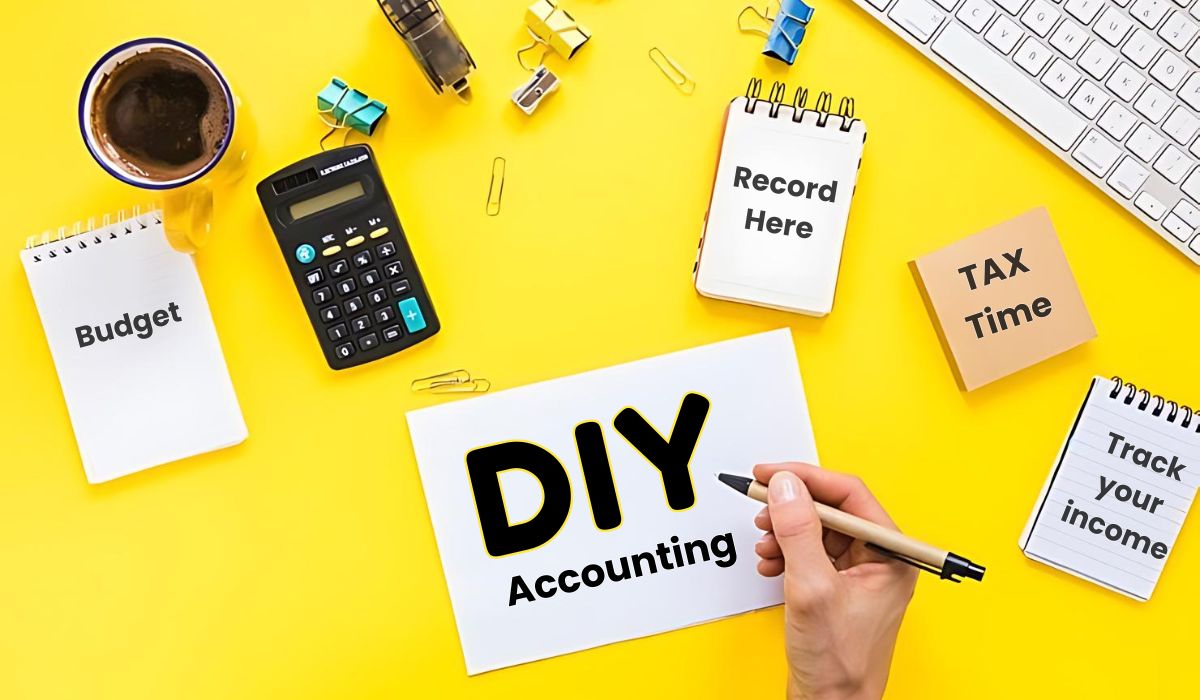Starting lean is part of startup culture. Founders wear every hat—from sales and product to marketing and even finance. So, when it comes to accounting, the idea of “I’ll just handle it myself for now” feels like the smart, scrappy thing to do.
But here’s the harsh truth:
DIY accounting often costs more in the long run than hiring a professional early.
At Upyugo Global, we’ve cleaned up financial messes for dozens of growing businesses—most of which started with a “DIY until we scale” mindset. And we’ve seen the patterns.
If you’re doing your own books, here’s what you’re likely missing (and what it can cost you)
Mistake #1: Treating Excel Like It’s a Full Accounting System
Excel is flexible, free, and familiar. But it’s not built for accounting.
Most founders create a simple income-expense tracker in Excel and think it’s enough. But over time, things get messy:
-
Formulas break.
-
Invoices are missed.
-
Manual errors creep in.
-
No audit trail = no accountability.
We’ve seen founders misreport revenue by ₹5–10 lakhs just due to incorrect linking in Excel. That’s not just a number—it’s a tax liability waiting to happen.
What to do instead:
Use tools like Tally Prime or Zoho Books, both of which are GST-compliant, automation-friendly, and built to scale
Mistake #2: Thinking Bank Balance = Profit
You look at your bank statement and feel great. “We have ₹6 lakhs in the account—we’re doing fine!”
But the actual profit? Maybe ₹1 lakh. Maybe a loss.
Here’s why:
-
That ₹6 lakh includes client advances.
-
Vendor bills haven’t been booked yet.
-
You forgot to account for a tax payment due next month.
When you don’t reconcile books properly, your cash flow, taxes, and profit picture are completely skewed—and that can lead to overspending or under-saving.
What to do instead:
Reconcile your bank statements monthly. Separate cash, accounts receivable, and expenses clearly.
Mistake #3: Misclassifying Expenses (or Not Tracking Them at All)
In DIY setups, we often see things like:
-
Travel listed under office expenses
-
Personal meals logged as business dinners
-
No distinction between CAPEX and OPEX
This not only messes up your P&L—it could get flagged during an audit or cost you legal deductions you’re entitled to.
For example, not classifying depreciation on assets like laptops or furniture? You’re losing money every year.
What to do instead:
Use category-wise bookkeeping. Most accounting tools offer this. Better yet, consult an expert monthly or quarterly.
Mistake #4: Missing Tax Deadlines (and Paying Penalties)
DIYers often forget—or misunderstand—key tax dates:
-
GST filing (monthly/quarterly)
-
TDS deposit (7th of each month)
-
Advance tax (June, Sept, Dec, March)
-
Annual returns
Even a ₹200 late fee for GST adds up when filed late regularly—and that’s not including interest on unpaid tax, which can hit 18% per annum.
What to do instead:
Set up automated reminders or hire someone (like us 👀) to handle timely filings. A small monthly retainer beats thousands in penalties
Mistake #5: No Monthly P&L Review = No Real Visibility
If you’re not generating and reviewing monthly:
-
Profit & Loss (P&L) statements
-
Cash flow forecasts
-
Receivables & payables reports
…you’re flying blind.
You don’t need to be a finance expert, but monthly insights = smart decisions:
-
When to hire
-
When to raise prices
-
Where you’re bleeding money
What to do instead:
Automate your reporting using Zoho Books or QuickBooks and review them with a virtual CFO, even just quarterly.
Mistake #6: No Backup or Version Control
If you’re using Excel or local software and you don’t have automatic backups, you’re one laptop crash away from financial amnesia.
We’ve seen founders lose:
-
2 years of transaction history
-
All invoices and bills
-
GST reconciliation data
What to do instead:
Use cloud-based accounting tools that auto-save, version track, and back up daily. Peace of mind is priceless
So, Should You Stop DIY Accounting Completely?
Not necessarily.
If you’re just starting out and cash is tight, some DIY is fine. But you need to:
-
Use proper software from Day 1
-
Get systems in place early
-
Review reports monthly
-
Have a finance partner check in quarterly
DIY accounting should be a temporary phase—not a permanent strategy
